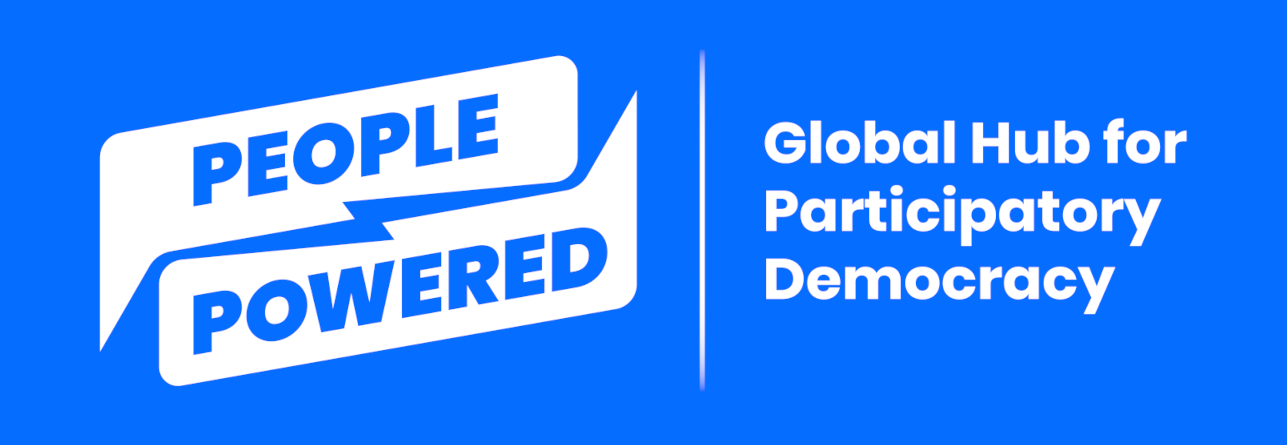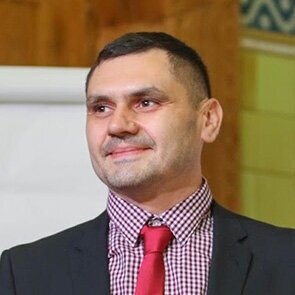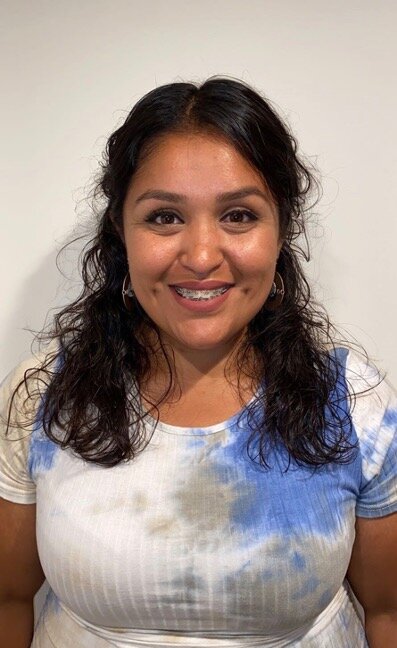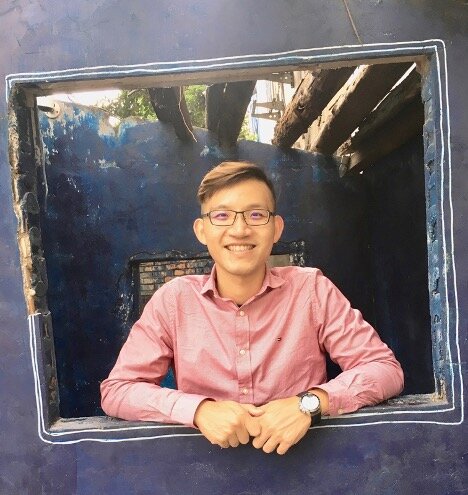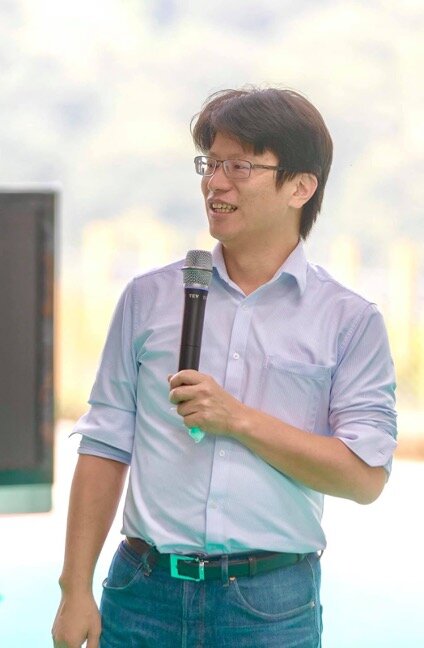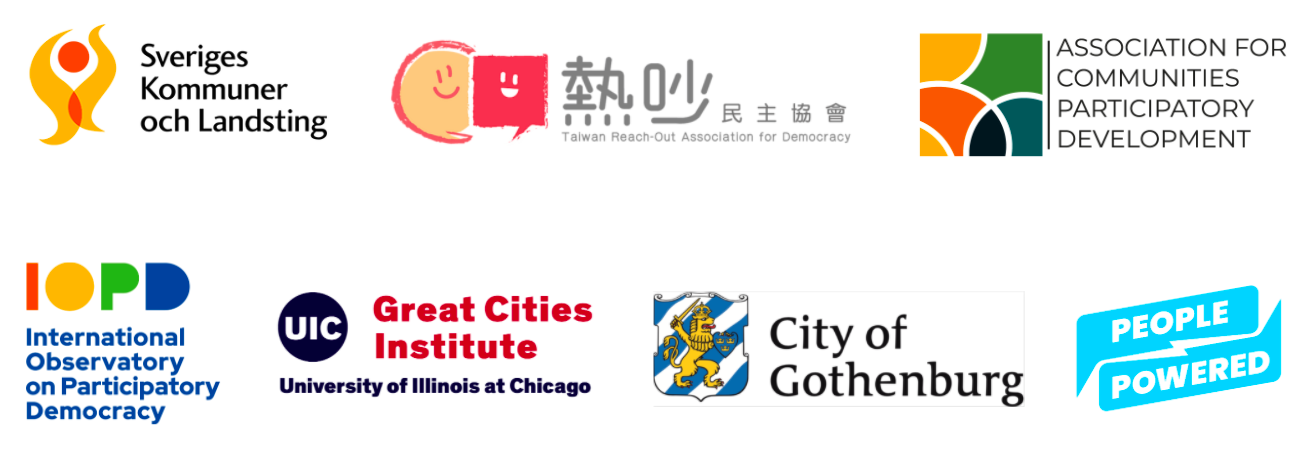Want to Engage Immigrants & Refugees in Participatory Budgeting? Here Are 5 Ideas.
/Participatory budgeting (PB) and other participatory processes can be a highly effective, practical way to engage and empower immigrants, refugees, and internally displaced people (IDPs). People Powered developed an online course to help advocates and practitioners learn from the experiences of inclusive PB experts in Ukraine, Taiwan, Colombia, Sweden, and the United States.
We’re excited to share 5 key insights from the course to help you identify and address barriers to inclusion and develop strategies to engage immigrants, refugees, and IDPs in PB in your city. Learn more in our online course and info sheet. After taking the course, you can sign up for free mentorship from inclusive PB experts!
1. Including immigrants, refugees, and IDPs is a global issue that requires local solutions.
There were 272 million international migrants in 2019, including nearly 80 million refugees, asylum seekers, and internally displaced people (IDPs). Conflict, natural disasters worsened by climate change, and economic needs have driven increasing numbers of people to seek safety, human rights protection, and well-being through migration inside and outside of their countries.
Although migration takes place at the international and national level, engaging migrants in participatory processes requires solutions that match the local situation. Depending on the context, immigrants, refugees, IDPs, and migrant workers may face very different barriers to inclusion. For example, some immigrants may not participate because it’s difficult to communicate in the local language, while internally displaced people may not because they aren’t aware that they have the right to participate in their new community or how they can engage. To design a strategy for engagement, you’ll need to identify the most important barriers for the communities you’re engaging in your local context and identify specific solutions to address these challenges.
2. Publicly commit to inclusion.
One reason that immigrants, refugees, and IDPs don’t take part in participatory processes is that they don’t know they can. For instance, if their citizenship or immigration status prevents them from voting in local elections, they may not be aware that their vote will count in a PB process. In addition, lack of trust in authorities and fear of deportation are significant barriers to participation for some community members.
Making public commitments to inclusion can help to lower these barriers: for example, stating in the PB charter or rulebook that people of any nationality and immigration status have the right to participate, and recruiting government champions to promote a message of inclusion. In Ukraine, home to 1.3 million IDPs, leaflets and videos have been used to inform IDPs of their right to participate. In Chicago, in the United States, the support of local elected officials (aldermen) and sanctuary policies for undocumented immigrants help to overcome the fear of deportation.
IDPs were invited to participate in PB processes in 10 municipalities in eastern Ukraine.
Mobile idea collection and voting sites in Chicago, uSA made the PB process more accessible to residents with limited time.
3. Partner with organizations that immigrants, refugees and IDPs trust.
Partnering with schools and other trusted institutions can build confidence in the process.
Building trust is a critical aspect of the engagement process. Fortunately, you don’t need to start from scratch (and you shouldn’t), because there are already leaders and organizations working with immigrant, refugee, and IDP communities. You can use a community’s trust in one organization — schools, places of worship, community centers, libraries, and housing companies — to build confidence in others.
In Gothenburg, Sweden, the “Your Idea” PB process is hosted by the community school, Bjurslättsskolan, and nearby housing companies. By working with trusted institutions, the municipality has been able to engage with parents from immigrant & refugee communities. In Taoyuan, Taiwan, the municipality collaborated with local advocacy groups to recruit participants for their PB process for migrant workers. During the process, international students and second-generation immigrants served as facilitators, helping to overcome barriers in communication and trust.
4. Process design matters.
In addition to community outreach and logistical support, you can build inclusion of immigrants, refugees, and IDPs into the PB process design itself. For example, in the proposal development phase of the process, you can authorize budget delegates to revise initial ideas and organize site visits so that the delegates can talk with immigrant, refugee, and IDP residents about their needs and priorities. In the voting phase, using weighted voting can ensure that the priority communities’ votes count more. In Taoyuan’s PB for migrant workers, the migrants’ votes were weighted twice those of Taoyuan citizens.
Weighted voting is one process design choice that can ensure the PB process meets the needs of immigrant, refugee, and IDP communities.
5. Empower community members at every stage of the process.
PB and other participatory initiatives in Medellín, Colombia resulted in greater empowerment of IDPs and other marginalized groups.
Giving more power to immigrants, refugees, and IDPs isn’t just the desired outcome of this work — it’s also a practice to incorporate throughout the process. To identify barriers to inclusion that need to be addressed — many of which are hidden to the host community — community engagement is critical.
You should also hire or contract with organizers and outreach workers from these communities, and involve the community in the implementation of funded projects. For example, in Medellín, Colombia, participatory planning and PB processes that include IDPs have deepened political inclusion, empowerment, and trust in local authorities, especially for women and youth.
Next Steps
Identify barriers to inclusion and empower community leaders: Meet with leaders from the immigrant, IDP, and refugee communities you want to engage.
Make the case for inclusion: Organize a meeting with government officials and decision-makers to build support for engagement.
Partner with community organizations: Provide funding or support for organizations working to engage immigrants, refugees, and IDPs in PB.
For a more detailed checklist, check out the course info sheet.
Learn More and Get Help
Want to learn more about how to engage immigrants, refugees, and IDPs in PB and other participatory processes?
Watch our 90-minute online course (available in five languages).
Download the 4-page info sheet (in six languages).
Complete the course evaluation, and then sign up for our mentorship program to address specific challenges in your local context.
Course Speakers: Diana Dajer, University of Oxford (Colombia); Leonid Donos, Association for Communities Participatory Development (Ukraine); Malin Svanberg, Swedish Association of Local Authorities and Regions (Sweden); Victoria Trygg and Klara Andersson, City of Gothenburg (Sweden); Norma Hernandez, UIC Great Cities Institute (United States); Yen-Ting Hsu, Taiwan Reach-Out Association for Democracy (Taiwan); Shih-Zhe Lai, Ministry of Culture. Formerly at Taoyuan City Department of Labor (Taiwan)
Thank you to our partners: Swedish Association of Local Authorities and Regions, Taiwan Reach-Out Association for Democracy, Association for Communities Participatory Development, UIC Great Cities Institute, City of Gothenburg, and International Observatory on Participatory Democracy



